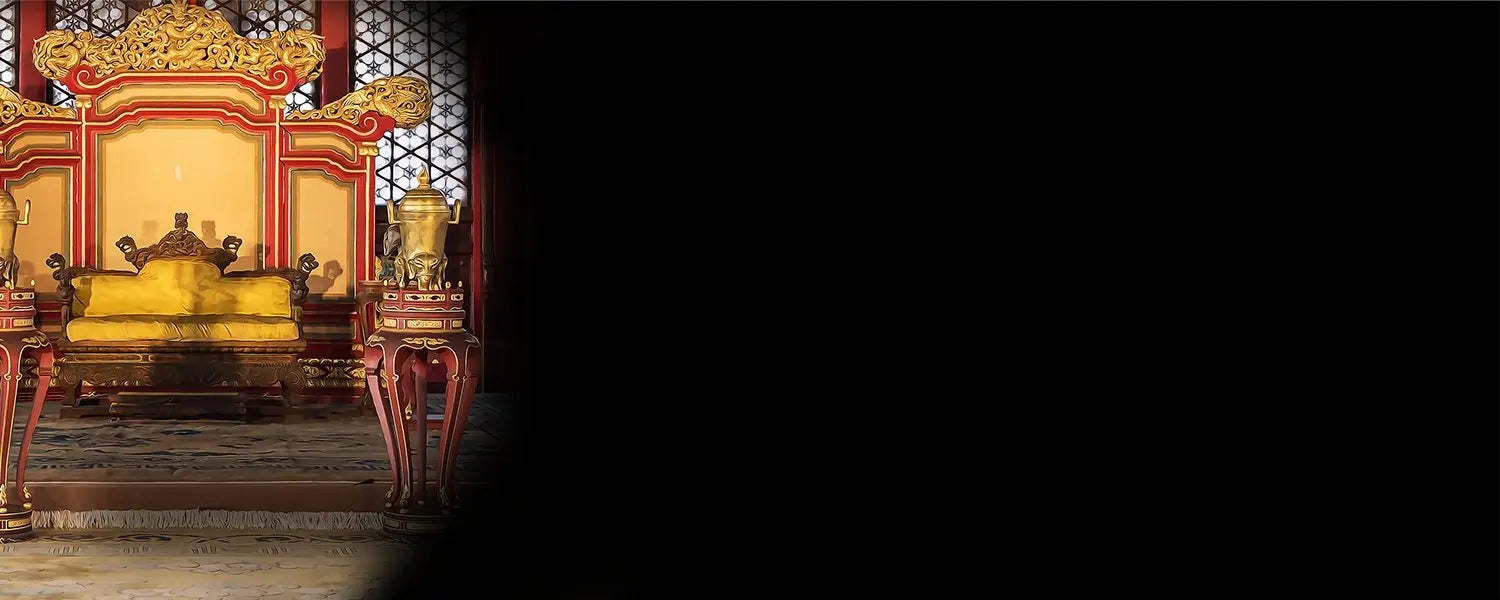The Buddhist Empty Throne
The empty throne is a symbol used in primitive Buddhist art, often depicted under a parasol or Bodhi-tree.
It was, in the traditional view, an aniconic symbol for the Buddha; they avoided representing the Buddha in human form, like the first Christians with God the Father.
Furthermore, it has been argued that these images represent real throne-relics in the main places of pilgrimage which were objects of worship. The throne often contains a symbol such as the dharma wheel or the footprint of Buddha, as well as a cushion.
Meaning of the Empty Throne in Buddhism
The throne symbolizes the royal ancestry of Siddharta Gautama (Buddha) as well as the idea of spiritual kingship - enlightenment as ruler of the spiritual world.
The throne is usually seen with the Wheel of Law and the Bodhi Tree on top of the throne. Sometimes at the base you can see symbols like the lion and the deer.
The "empty throne" had a pre-Buddhist history. An Assyrian relief in Berlin around 1243 BCE shows King Tukulti-Ninurta I kneeling before the empty throne of the fire god Nusku, occupied by what appears to be a flame.
The Hittites placed thrones in important sanctuaries so that the spirit of the deceased could occupy them, and the Etruscans left an empty seat at the head of the table during religious festivals so that the God may join the company.
A throne topped with a crown was the symbol of a monarch absent inancient Greek culture since at least the time of Alexander the Great, whose deification allowed the secular use of what had previously been a symbol for Zeus, where the attribute placed on the throne was a pair of zig-zag lightning bolts.












































2 comments
Julien Bres
Espérons que la vie qùi nous éclaire
Nous mène àu çhémin.
Don[ la es[ le bonheur
Dans mom chemin j àimerai# être là réincarnation du bonheur
julien bres emile
de qui je suis en tant que bouddiste